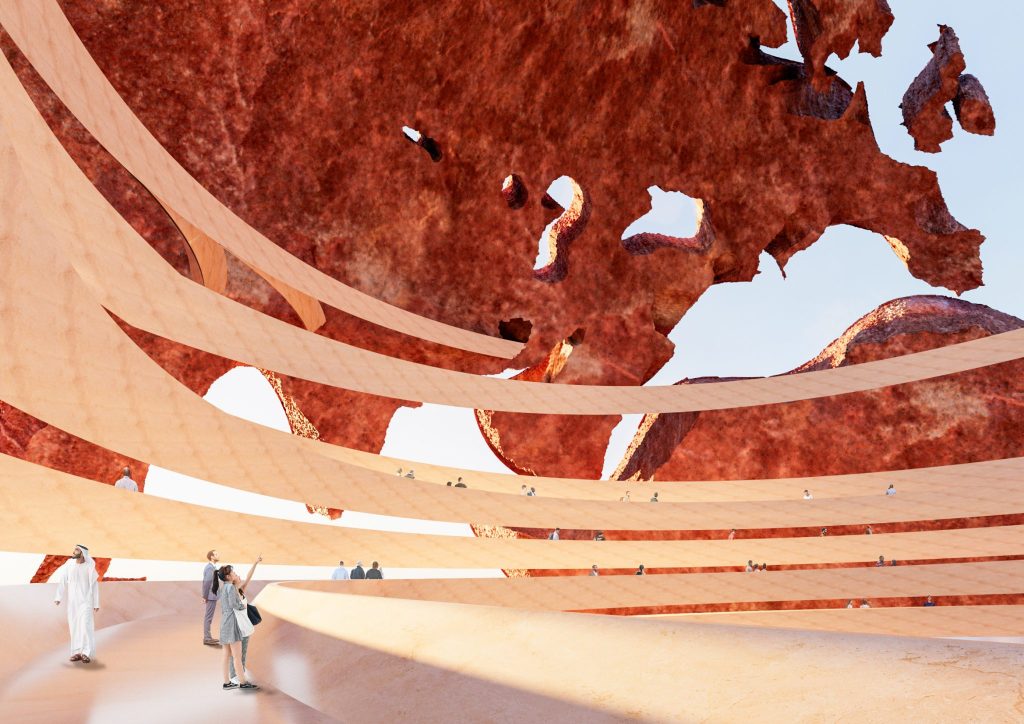US Judge Rules AI-Generated Art is Not Protected by Copyright Law
A federal judge in Washington, D.C., ruled Friday that artwork generated by artificial intelligence is not eligible for copyright protection because it lacks “human involvement,” reaffirming a March decision of the United States copyright office.
The ruling is the first in the US to establish boundaries on legal protections for AI-generated art, whose immense popularity has opened a nebulous legal frontier dictated—for better or worse—by assessments of aesthetics and originality.
Judge Beryl A. Howell of the US District Court for the District of Columbia agreed with the US Copyright Office’s decision to deny grant copyright protections to an artwork created by computer scientist Stephen Thaler using “Creativity Machine”, an A.I. system of his own design. Howell wrote in her motion that “courts have uniformly declined to recognize copyright in works created absent any human involvement.
Thaler, the founder of Imagination Engines, an artificial neural network technology company, sued the office in June 2022 after its denial of his copyright application for A Recent Entrance to Paradise, a two-dimensional image of train tracks stretching beneath a verdant stone arch. Thaler said the work “was autonomously created by a computer algorithm running on a machine,” according to court documents.
The copyright office found this description at odds with the basic tenets of copyright law, which suggest that the work must be the product of a human mind. “Thaler must either provide evidence that the Work is the product of human authorship or convince the Office to depart from a century of copyright jurisprudence. He has done neither,” wrote the review board in its initial rejection.
“Undoubtedly, we are approaching new frontiers in copyright as artists put AI in their toolbox to be used in the generation of new visual and other artistic works,” the judge said, adding that the accessibility of generative AI will “prompt challenging questions” about what degree of human involvement is needed to qualify such artwork for copyright protections.
Howell concluded, however, that this case “is not nearly so complex” because Thaler stated in his copyright application that he was not directly involved in the generation of the work.
The rise of AI-generative platforms such OpenAI Inc.’s ChatGPT, DALL-E, and Midjourney, has exacerbated legal headaches around appropriation art—a tradition in which one artist ostentatiously repurposes another’s creation. As Richard Prince and the estate of Andy Warhol can attest, the legal battles prompted from this work often find unsatisfying conclusions, with judges assuming the role of art critic. Where it was once artist versus artist, courts must now contend with the diffusion of millions of digital artworks by generative platforms.
Thaler’s attorney, Ryan Abbott of Brown Neri Smith & Khan LLP, told Bloomberg that he will appeal Howell’s judgment. “We respectfully disagree with the court’s interpretation of the Copyright Act,” Abbott said.
In his motion, Thaler argued that this matter transcended quibbles between individual artists. Providing copyright protections to such artworks, he said, would inspire creativity, ultimately placing it in line with the intentions of copyright law.
“Denying copyright to AI-created works would thus go against the well-worn principle that ‘[c]opyright protection extends to all ‘original works of authorship fixed in any tangible medium’ of expression,” Thaler said.



